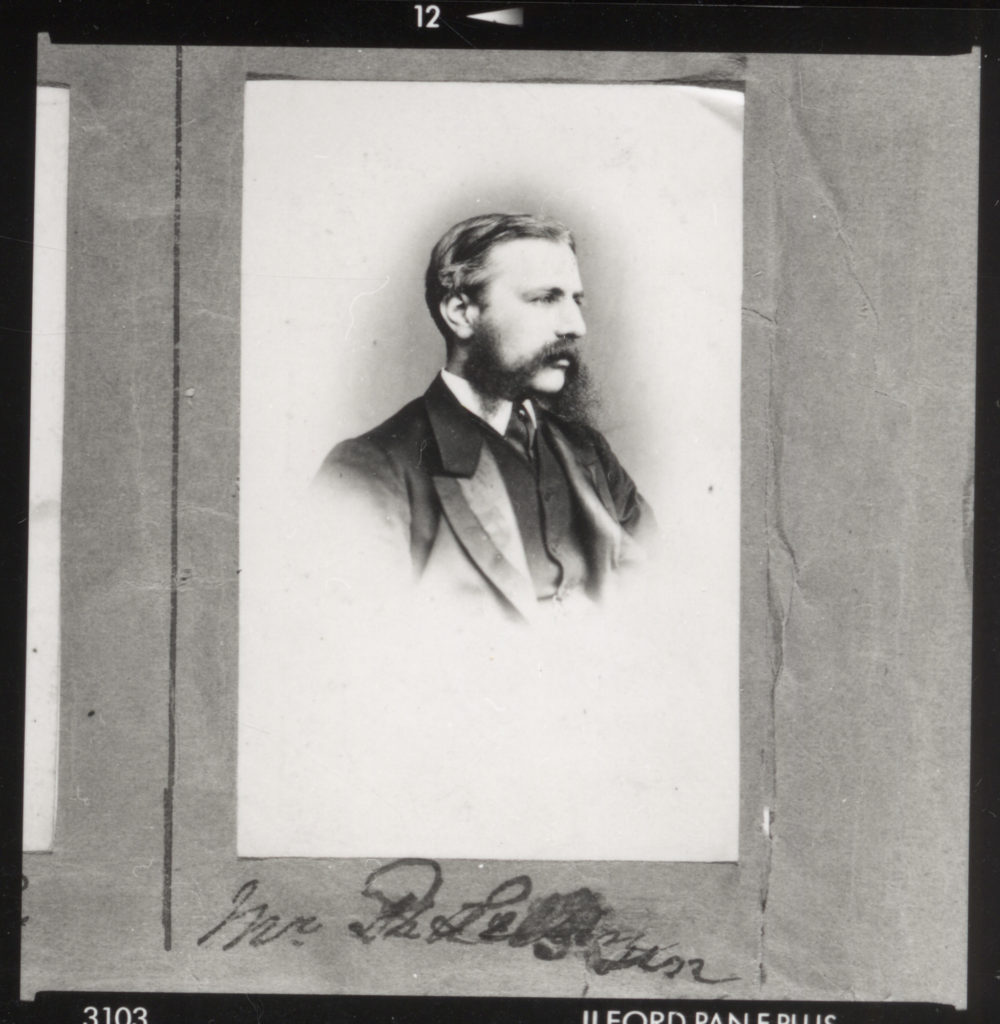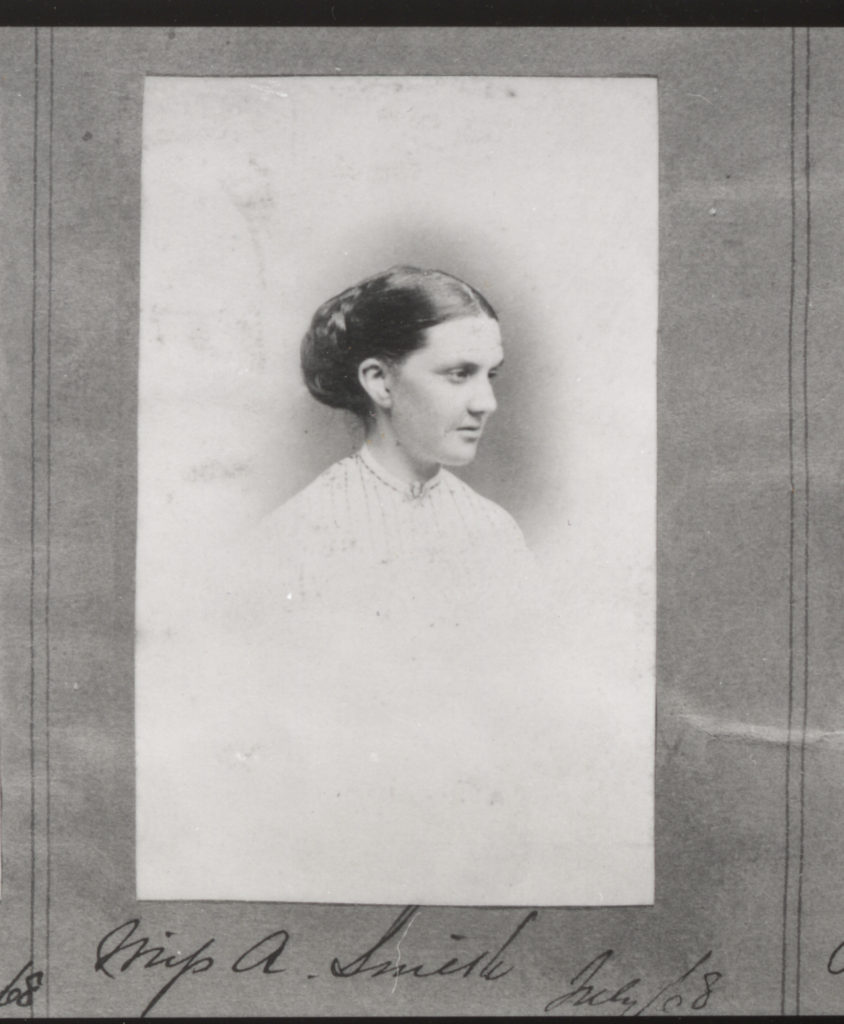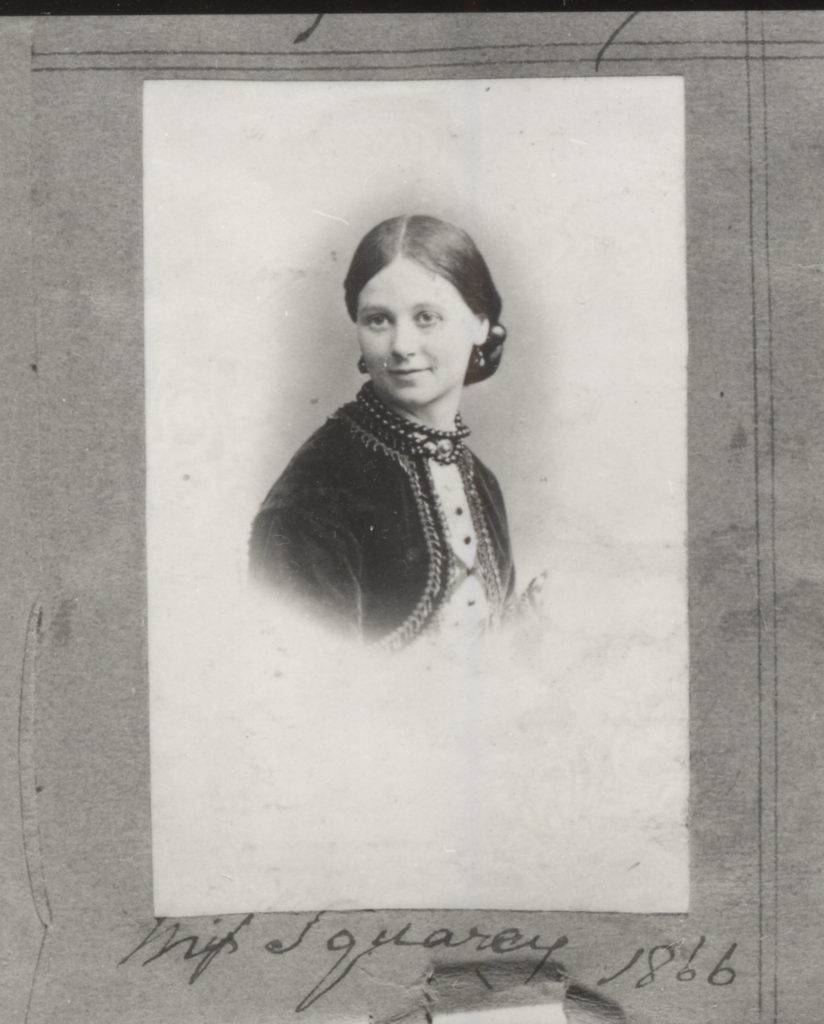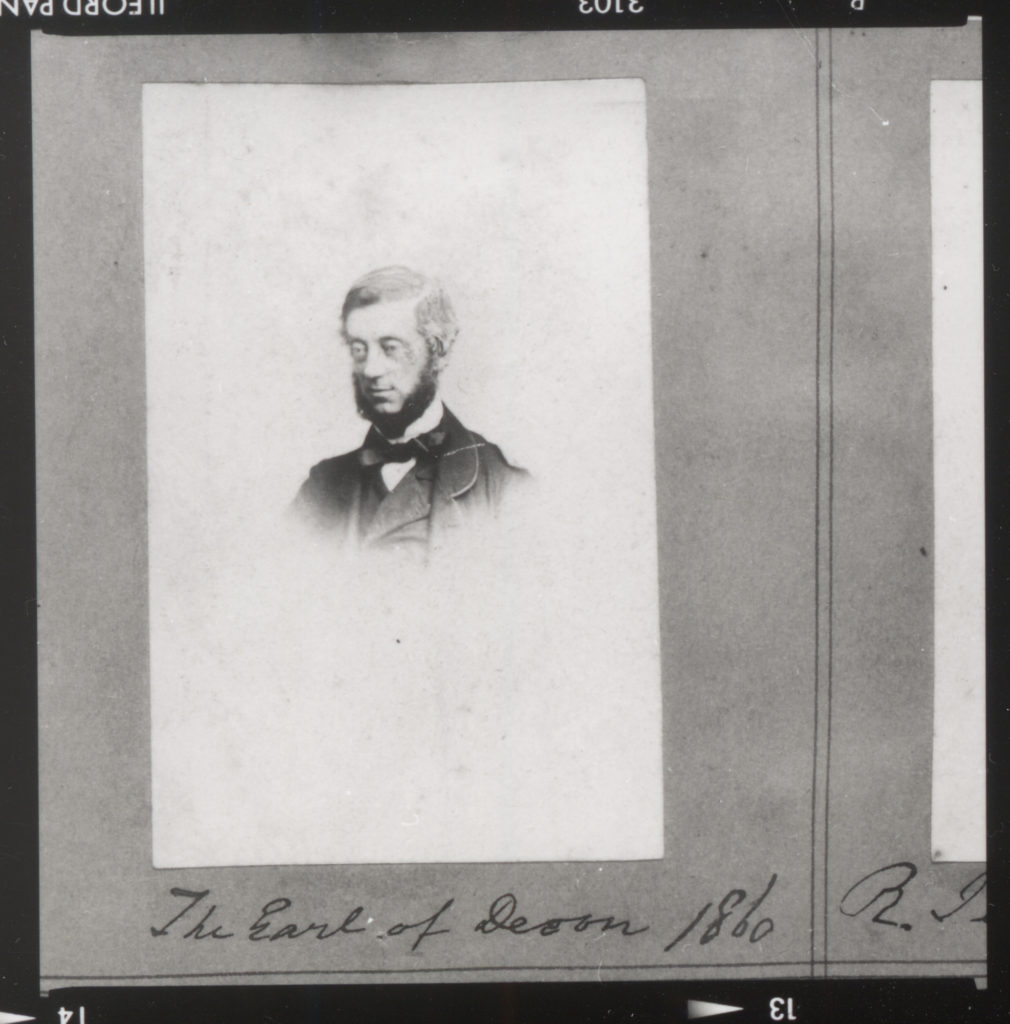Who was he?
Mullens was an English photographer that moved to Jersey in July 1848 where he set up a studio called the Royal Saloon in what we know as the Royal Square at number 7.
The population in Jersey was around 55,000 and he had managed to produce over 9,000 photographs during his 20 year stay. He photographed a range of different social class people, ranging from bailiffs to ordinary people, he had recorded his photographs in 4 albums which he had organised in a social hierarchy arrangement, he had placed the most important people he had photographed, like a bailiff, at the front of the album and as the album descended there were more people with a lower social class.
He took portraiture photographs and mainly focused on headshots, he did however take some full body shots as well; Mullens had also taken numerous Vignette Portraits.
What did he use or do to create his image?
Mullens had printed his photographs on a carte de visite using a method called albumen print. The size of the carte de visite was 54.0 × 89 mm which was normally placed on card which was 64 × 100 mm, which he then mounted into his albums. He had used this method because it was relatively affordable to keep reproducing and it had become popular among visitors and others who had started trading the cards with each other.
He took different ranges of angles and poses of his subjects, he also used different formats such as a Diamond Cameo.
Definitions
Carte de visite – A piece of thick board with a photograph mounted on it.
On the right is an example of one of Mullens’ Carte de visite photographs of Philip Baudains, Writer, Advocate, Constable and Deputy of St Helier.

Albumen print – Around 1850 to 1895, this was a common printing method which used egg whites and salt which forms a light-sensitive silver salts on the paper(carte de visite).

Diamond cameo – This is a process in which 4 separate photos of a subject are printed on a Carte de visite in a diamond-like shape.
On the right is another example of one of Mullens’ Diamond cameo photographs of Philip Baudains, Writer, Advocate, Constable and Deputy of St Helier.

Vignette portraits – A portrait which has bleached out edge which only to reveals the face and a portion of a subject’s body.

More examples of his work:






Inspiration for own headshot photoshoot
I have decided to incorporate some ideas from Henry Mullens such as taking different angles shots of my subject’s face and body.
I am also going to experiment with the format of my photos by using a diamond cameo just like Mullens did with his portraits. Also I plan on trying to recreate a Vignette portrait on photoshop by feathering the edges of some of my photographs.

Another good blog posts that provides information about Mullins practice as a studio photographer in St Helier and his working methods. Going forward with artists case studies, don’t be afraid to express your own interpretation, backed up with contextual research and references to sources used.